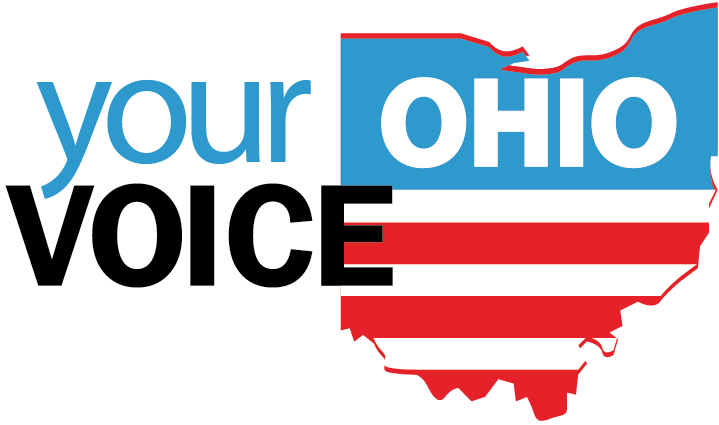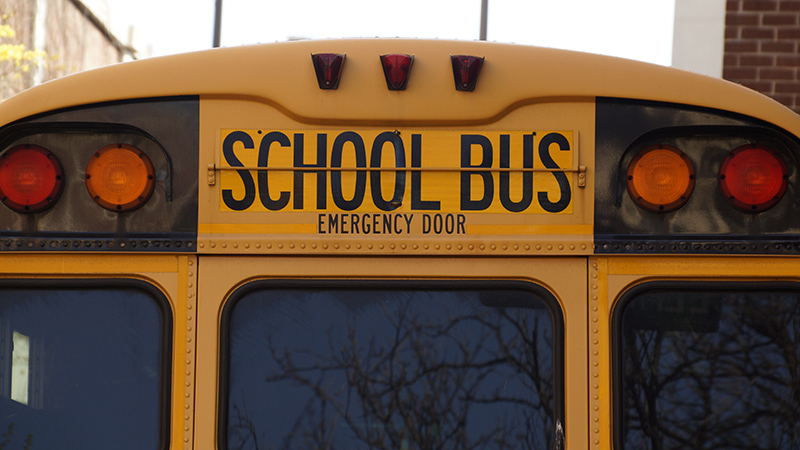Conversations around the opioid epidemic necessarily focus on adult rehabilitation and prevention efforts, but this isn’t the only affected demographic. According to a report by the Substance Abuse and Mental Services Administration, around 122,000 teens under age 17 suffered from a pain reliever use disorder in 2015 – and the numbers continue to grow. Youth addiction, like others, can be caused by a number of reasons. Whether drugs are used for experimentation, mental health issues, or legally obtained prescription pain relief, there’s no question that it’s affecting our youth. Just last week, Ohio Attorney general Mike DeWine recommended that the state implement drug education in kindergarten through 12th grade.
As part of our ongoing project with local media across Ohio, we took a closer look at current programs working on curbing youth opioid use. Here are a few of the resources we found:
- A youth development extension of Ohio State University, members of Ohio’s 4-H program travel around the state to fairs and other public events. Their mission is to educate other teens, youth, and adults about prescription drug abuse. They use a pedestal sink display mounted with a simple question: “what’s in your medicine cabinet?”, to show just how easy it is to become addicted to opioids. Theresa Ferrari, the 4-H Youth Development specialist, states “teens listen to each other better than they listen to adults”. With this in mind, the group will host “Hope for Ohio: A Teen Forum on the Opioid Crisis” in Columbus on December 2nd, which will feature presentations from different resource groups and nonprofits, and a town hall style discussion with Jennifer Lloyd, director of drug abuse outreach initiatives with the office of Ohio Attorney General Mike DeWine, and Scott Duff, an agent with the Ohio Bureau of Criminal Identification and Investigation. While the group can’t provide treatment for teens struggling with addiction, they offer prevention, education, and advocacy for youth and adults across the state.
- Started by the Ohio government, Start Talking! seeks to build a drug-free future by providing resources to families, schools, and communities affected by the opioid epidemic. These resources include toolkits, videos, posters, presentations, and testimonials on topics such as safe drug disposal and recognizing the signs and symptoms of abuse. Community involvement is important, as the program tries to build networks of local businesses, medical professionals, elected officials, and faith leaders to disperse information and resources to youth in need. Their model is based on the idea that starting conversations around abuse and addiction early can help decrease the chance of addiction later in life. On their website, they state “research shows when children talk about substance abuse with parents and other adults, they are up to 50 percent less likely to use.”
- Family-centered prevention programs, such as Adults in the Making (AIM), are designed to enhance the family protective process and self-regulation to deter the development of alcohol and substance abuse. The family sessions combine different lessons such as conflict resolution and interpersonal skills training, leadership and youth development, and parent training. During the youth-specific sessions, the curriculum concentrated on providing participants with tools to develop a plan for the future, including setting goals, identifying individuals who can help them meet these goals, coping with barriers such as racial discrimination, and self-care strategies.
- Teachers are creating spaces for students to share their stories and understand the crisis that has affected them, their classmates, and their families. South Webster High School in Southern Ohio was highlighted by NPR for offering a class where students read Sam Quinones’s book “Dreamland”. Starting in small, poor towns in rural Mexico, the book traces the drugs on their journey into the struggling towns of southern Ohio, where the students live. Administrators at the school say they hope the course helps students understand that drug addiction isn’t just a family or personal problem — it’s a national crisis.
- In 2017, Cinemark theaters in Summit County will ran public service announcements featuring 16 local teens. Written and produced by the teens themselves, some of the 30-second videos spoke to their peers about addiction and opiates, while others will be aimed towards adult audiences. The project is a collaboration between Summit County Community Partnership for the Healthy Rx for Youth campaign; Project PANDA; the County of Summit ADM Board, and Ohio Guidestone. Both Project PANDA and Ohio Guidestone are local youth education and outreach programs, offering teenagers alternatives to substance use.
- This year, Belpre Elementary School in southeastern Ohio began a pilot program of the Health and Opioid Prevention Education, or HOPE, program, developed by Kevin Lorson, a health and physical education professor at Wright State University and a team of educators with a grant from the Ohio Department of Higher Education. HOPE encourages teachers to “discuss real-life situations and ways to deal with them and to build the social and emotional skills that experts say can reduce the risk of substance abuse.”
Our topic next week will focus on the effectiveness of drug courts, which offer a more specialized approach than a traditional judicial process. Drug courts keep individuals in treatment, rather than jail, for a year or longer while under supervision. To follow our new research and research of our local media partners, sign up for our weekly news roundup.





